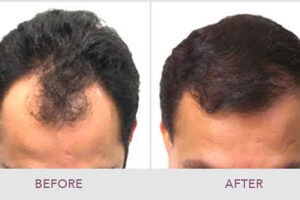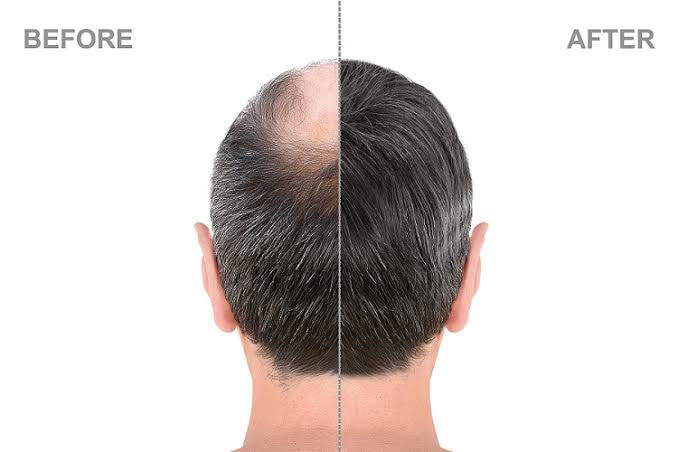What is a Hair Transplant?
A hair transplant is a procedure in which a plastic or dermatological surgeon moves hair to a bald area of the head. The surgeon usually moves hair from the back or side of the head to the front or top of the head.
Hair transplants typically occur in a medical office under local anesthesia.
There are two types of transplant procedures: slit grafts and micrografts.
Slit grafts contain 4 to 10 hairs per graft. Micrografts contain 1 to 2 hairs per graft, depending on the coverage needed.
Who might benefit from a hair transplant?
Receiving a hair transplant can improve your appearance and self-confidence. Good candidates for a hair transplant include:
- men with male pattern baldness
- women with thinning hair
- anyone who has lost some hair from a burn or scalp injury
Hair replacement isn’t a good option for:
- women with a widespread pattern of hair loss throughout the scalp
- people who don’t have enough “donor” hair sites from which to remove hair for transplant
- people who form keloid scars (thick, fibrous scars) after injury or surgery
- people whose hair loss is due to medication such as chemotherapy
FUE Hair Transplant
Individual hair follicles are removed from your skin during a follicular unit extraction (FUE) hair transplant and then implanted in different locations on your body. The new area’s hair will appear thicker as a result. The “classic” follicular unit transplantation (FUT) method was intended to be replaced by FUE. This operation involved transplanting a full piece of skin or scalp—complete with follicles—to the desired location.
Because it’s less likely to result in a “hair plug” appearance, where patches of skin or hair don’t match the surrounding areas, FUE has grown more popular than FUT. Like FUT, it won’t also leave a noticeable scar.
A person with balding or thinning hair who still has enough hair nearby for a transplant is the ideal candidate for a FUE hair transplant. If you don’t have enough healthy, dense hair to transplant to the balding or thinning area, you might not be a candidate for a FUE hair transplant.
DHI Hair Transplant
DHI uses a similar technique to FUE hair implantation and is a modified version of it. In balding areas, your surgeon will remove hair follicles from a region of your scalp, typically the back of your head. New hairs will eventually sprout from these hair follicles.
Here is what to anticipate during the procedure in general:
1-Surgeon will trim your hair and numb it with local anaesthetic before shaving it.
2-Using an instrument with a fine tip, the surgeon will remove hair follicles from the back of your head.
3-The hair follicles will be inserted into the balding area of your scalp using a pen-shaped equipment.
4-All locations will be bandaged and an antibiotic cream will be applied by the surgeon.
Surgery for hair transplantation is generally risk-free and seldom results in problems. DHI and FUE are less invasive than FUT because not many hair follicules are removed.
What happens during a hair transplant?
After thoroughly cleaning your scalp, a surgeon uses a small needle to numb an area of your head with local anesthesia.
In follicular unit extraction (FUE), the hair follicles are cut out directly from the back of the head through hundreds to thousands of tiny punch incisions.
- The surgeon makes tiny holes with a blade or needle in the area of your scalp that’s receiving the hair transplant. They gently place hairs in these holes.
- During one treatment session, a surgeon may transplant hundreds or even thousands of hairs.
- After, the graft, gauze, or bandages will cover your scalp for a few days.
A hair transplant session can take 4 hours or more.
You may require up to three or four sessions to achieve the full head of hair you desire. Sessions occur several months apart to allow each transplant to fully heal.


